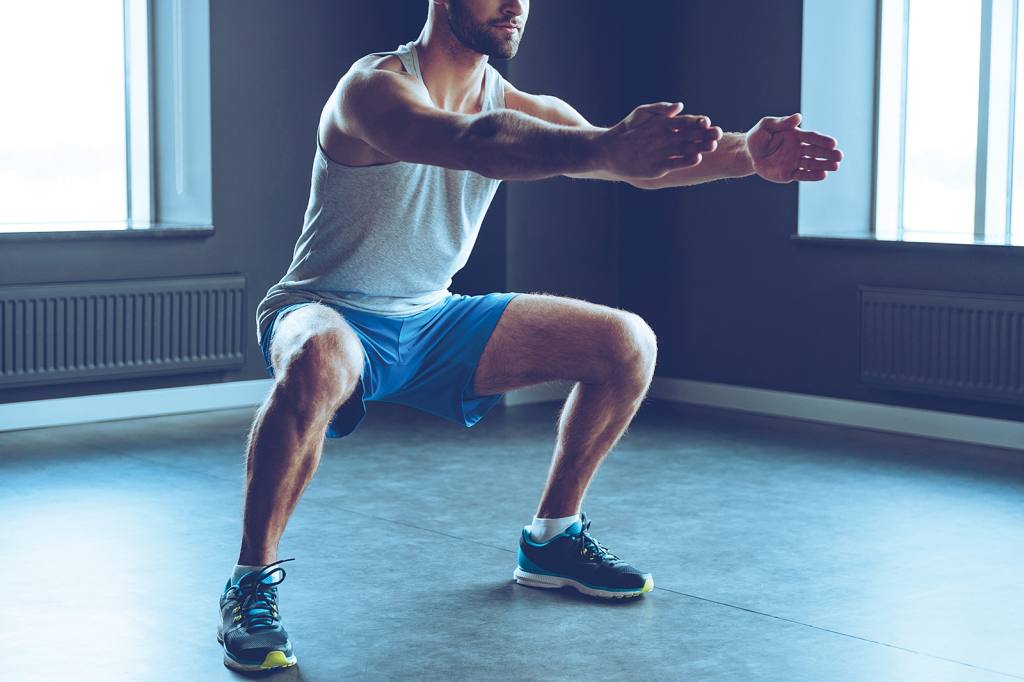Flexibility is a key component of overall physical fitness, influencing everything from athletic performance to daily comfort and injury prevention. Incorporating stretching exercises into your routine can significantly enhance your flexibility, helping you move more freely and reducing the risk of injury. Whether you’re an athlete, a fitness enthusiast, or simply someone looking to improve their range of motion, understanding and implementing effective stretching techniques is essential.
The Importance of Flexibility
Flexibility refers to the ability of your muscles and joints to move through their full range of motion. Good flexibility contributes to better posture, increased mobility, and reduced muscle tension. It also plays a crucial role in preventing injuries by ensuring that your muscles and joints can withstand physical stresses without strain.
Improving flexibility can enhance your performance in various activities, from sports to everyday tasks. For instance, increased flexibility allows for more efficient and fluid movements, which can improve your efficiency in exercises and reduce the likelihood of strains or sprains. Additionally, flexible muscles and joints are less likely to suffer from overuse injuries, making stretching a vital part of any exercise regimen.
Dynamic Stretching for Warm-Up
Dynamic stretching involves performing controlled movements that gently take your muscles and joints through their full range of motion. This type of stretching is particularly effective as a warm-up before engaging in physical activity. Dynamic stretches increase blood flow to the muscles, elevate your heart rate, and prepare your body for more strenuous exercise.

Examples of dynamic stretches include leg swings, arm circles, and torso twists. For instance, leg swings involve swinging one leg forward and backward while standing, which helps loosen up the hip flexors and hamstrings. Arm circles, where you extend your arms out to the sides and make small circles, warm up the shoulders and upper back. Incorporating these stretches into your warm-up routine can enhance flexibility and reduce the risk of injury during your workout.
Static Stretching for Flexibility
Static stretching is a technique where you hold a stretch in a fixed position for a period, typically 15 to 60 seconds. This type of stretching is most effective when done after physical activity, as it helps to lengthen the muscles and improve overall flexibility. Static stretches help to cool down the body, alleviate muscle soreness, and increase the range of motion in your joints.
Common static stretches include the hamstring stretch, quadriceps stretch, and calf stretch. To perform a hamstring stretch, sit on the ground with one leg extended straight and the other bent, then reach towards your extended foot while keeping your back straight. For a quadriceps stretch, stand on one leg, pull the opposite heel towards your buttocks, and hold your ankle to stretch the front of the thigh. Performing these stretches regularly can help improve flexibility and maintain muscle elasticity.
Incorporating Stretching into Your Routine
Incorporating stretching exercises into your daily routine can be simple and effective. Aim to stretch at least 2-3 times a week, focusing on major muscle groups and areas that feel particularly tight. Stretching can be done at home, at the gym, or even in the office, making it a convenient addition to any schedule.
To ensure you’re getting the most out of your stretching routine, consider using various resources for guidance. Many fitness websites offer detailed stretching routines and instructional videos that can help you perform stretches correctly and effectively. These resources often provide tips on proper form, breathing techniques, and how to tailor stretches to your specific needs.
Conclusion
Stretching exercises are a fundamental aspect of improving flexibility and preventing injuries. By incorporating dynamic stretching as part of your warm-up and static stretching during your cool-down, you can enhance your range of motion, reduce muscle tension, and improve overall physical performance.
Making stretching a regular part of your fitness routine offers numerous benefits, from better posture and mobility to reduced risk of injury. For more guidance on effective stretching techniques and to explore a variety of stretching exercises, numerous fitness websites provide valuable information and resources to help you achieve your flexibility goals.





